BLOG | SEPTEMBER 9, 2021
Building Our Communities to Support Electric Vehicle Adoption
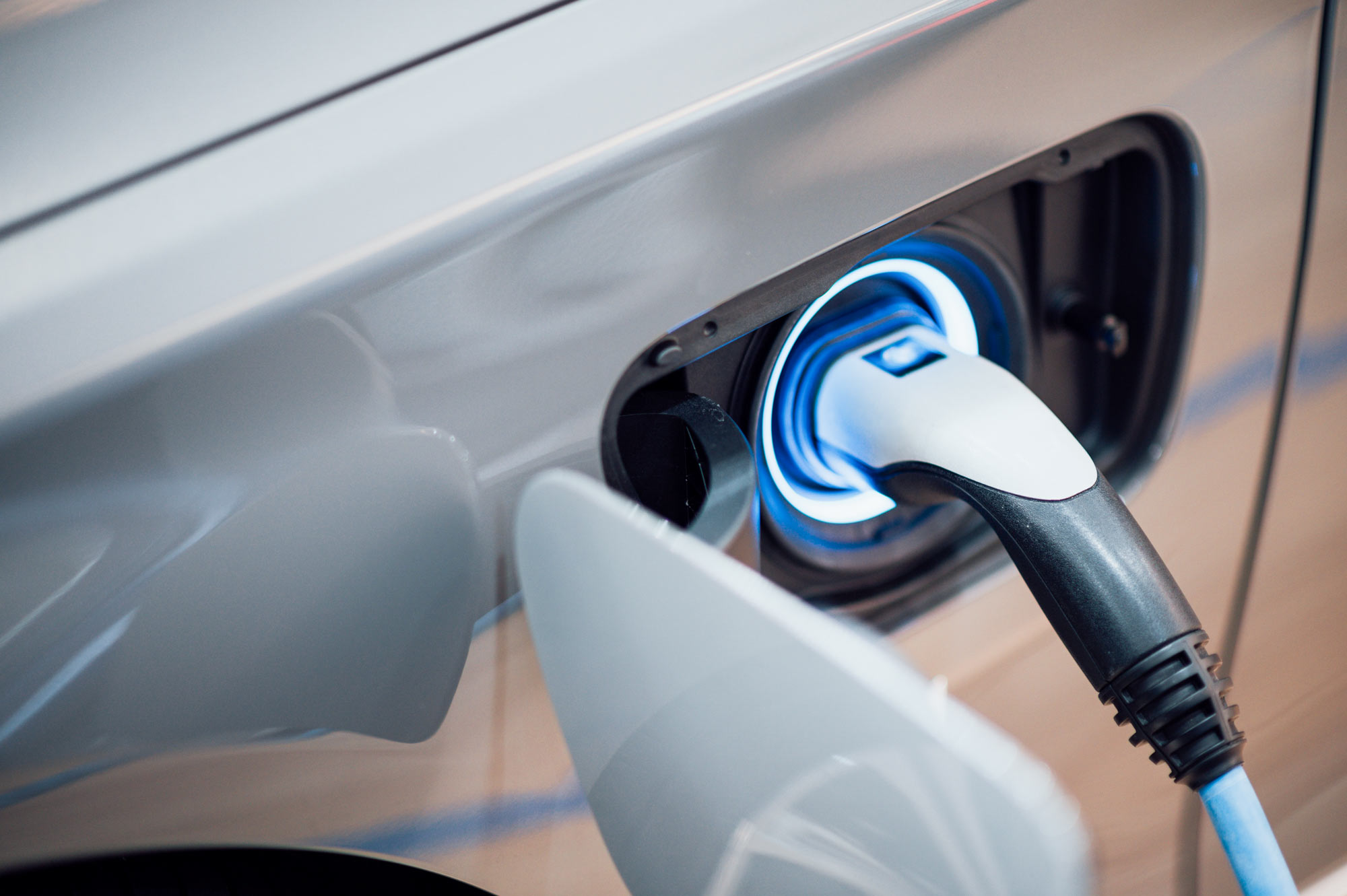
Electric vehicles (EVs) are an exciting innovation, promising to help get passengers from point A to point B safely and sustainably. EVs are already becoming more accessible, with affordable options starting at around $35,000.
Such a shift requires significant infrastructure changes; people want access to EV chargers in their communities so that they can travel with confidence. What can multi-unit residential buildings do to facilitate the adoption of EVs and ensure their communities are prepared for the increasing popularity of EVs?
Driving electric vehicle adoption
The future is moving towards widespread adoption of electric vehicles, with the Government of Canada investing over $600 million to improve accessibility and affordability of EVs. “The Government of Canada is steadfast in its conviction that the electrification of Canada’s light-duty vehicles as well as a shift to cleaner fuels are key to the decarbonisation of our transportation sector.” – Government of Canada
Programs like ZEVIP (Zero Emission Vehicle Infrastructure Program), boasting a $280 million investment from the Government of Canada, seek to bolster electric vehicle adoption by addressing a key barrier – Canadians need charging opportunities where they live, work, and play.
The shift is being felt from all sides, with car manufacturers like GM pledging to stop selling gasoline- and diesel-powered vehicles by 2035, with the goal of becoming carbon neutral by 2040.
The challenges of supporting EV adoption in multi-unit residential
Charging vehicles at home is convenient and affordable, resulting in EV drivers doing over 80% of their charging at home. However, with more people choosing to live in multi-unit residential, and an increasing number of these people switching to EVs, a number of challenges arise:
- Installing an EV charger in an existing parking spot can be challenging, complex, and sometimes impossible
- If a resident or tenant moves, what happens if the next person to use the parking spot doesn’t require an EV charger?
- How can the building accommodate for the increased load of supporting multiple EV chargers at once?
An EV infrastructure solution for developers
SmartONE and ChargeLab are offering EV charging as an amenity to residents in their community. Specific parking spaces are dedicated to being equipped with EV chargers, and the chargers are networked together on the SmartONE platform, allowing residents to pay for time at an EV charger.
The offering incorporates load balancing as a way to manage electricity usage, allowing multiple residents to charge their vehicles at once without overloading the facility. Especially in multi-unit residential, where multiple EV chargers may be connected at once, load balancing increases efficiency and allows communities to accommodate for the growing adoption of electric vehicles.
A community without load balancing
To understand load balancing, let’s first illustrate what EV charging in a community would look like without load balancing. Imagine that, based on the electrical design of your community, the load bearing allocation for EV chargers is 50kW. You’ve installed 10 EV charging stations, and each one takes 7.5kW.
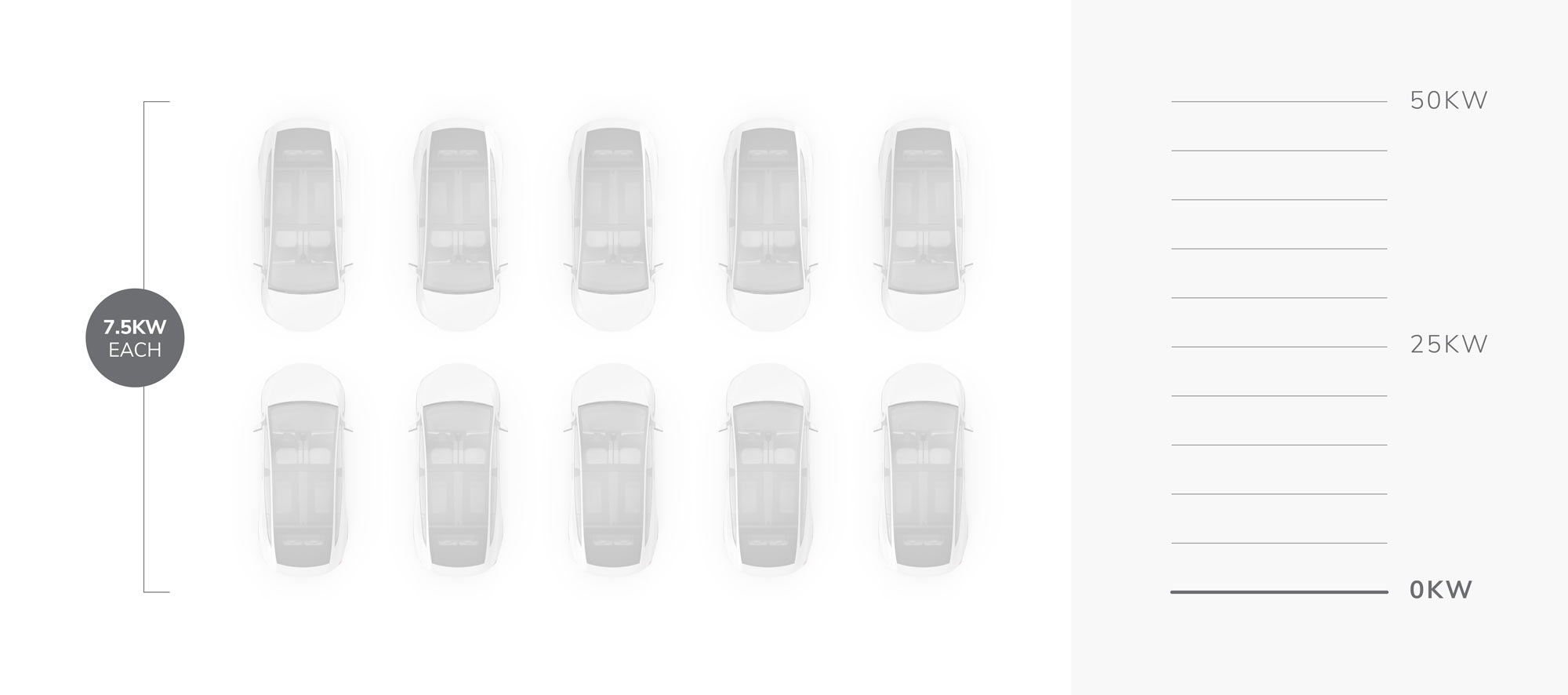
Residents are coming home from work and six people want to charge their EVs. With each EV charger requiring 7.5kW, a total of 45kW is required.
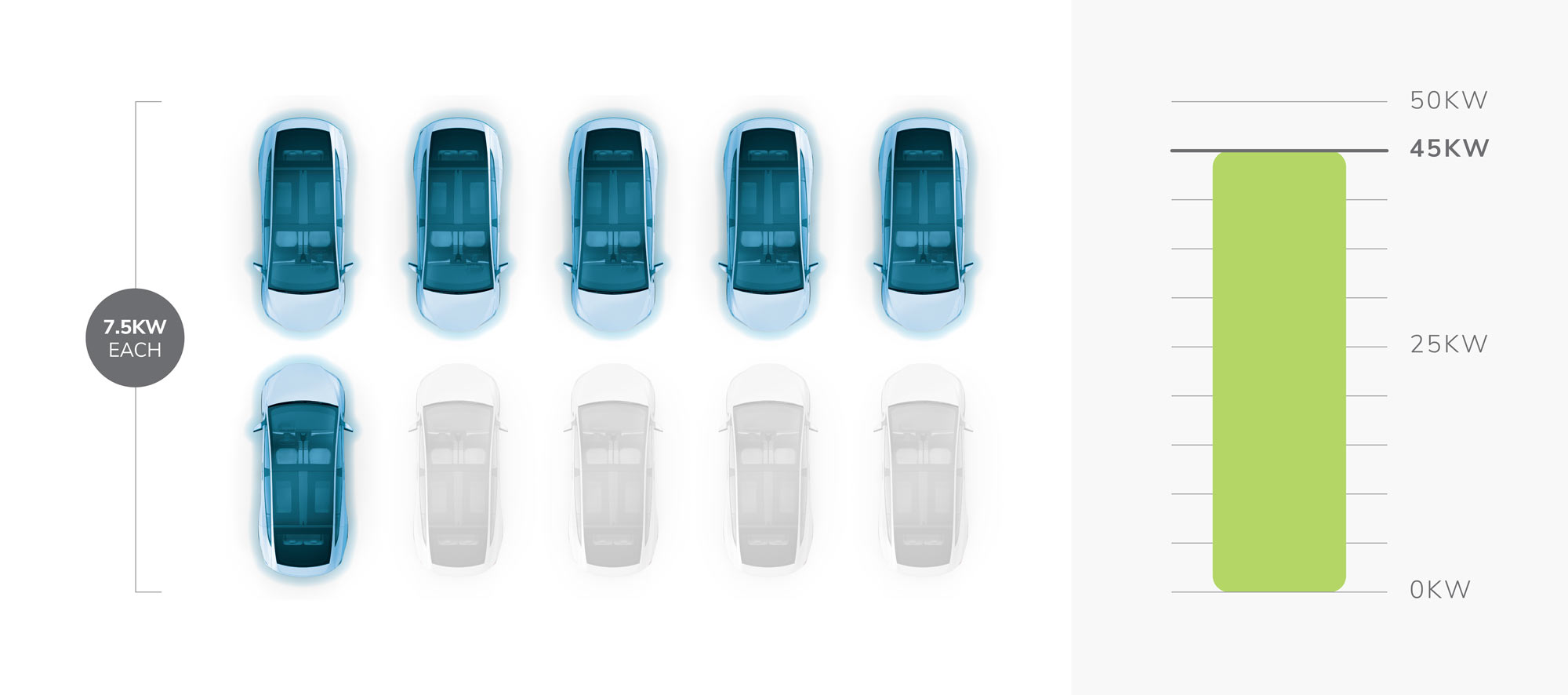
However, if a seventh resident wishes to charge their EV, there is only 5kW remaining. Their car will charge a lot slower than their neighbours’.
Anybody who shows up after the seventh neighbour won’t be able to draw enough power to charge their EV because the EV charging stations have maxed out the allotted 50kW.
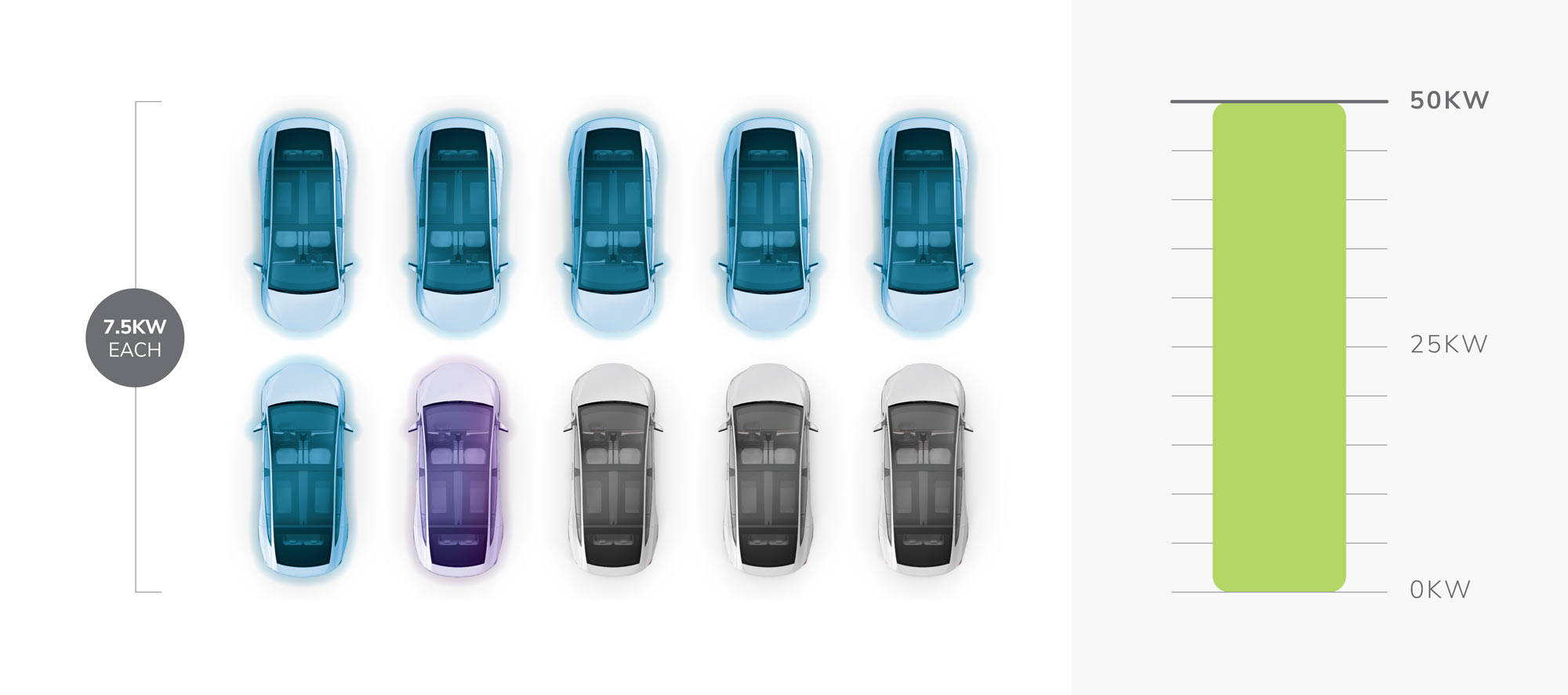
Introducing load balancing
Load balancing is integral to our communities’ ability to accommodate multiple EV charging stations at once. If ten residents want to charge their EVs at the same time, the load consumption of each charger would drop to 5kW, ensuring that every car receives the same charging capability.
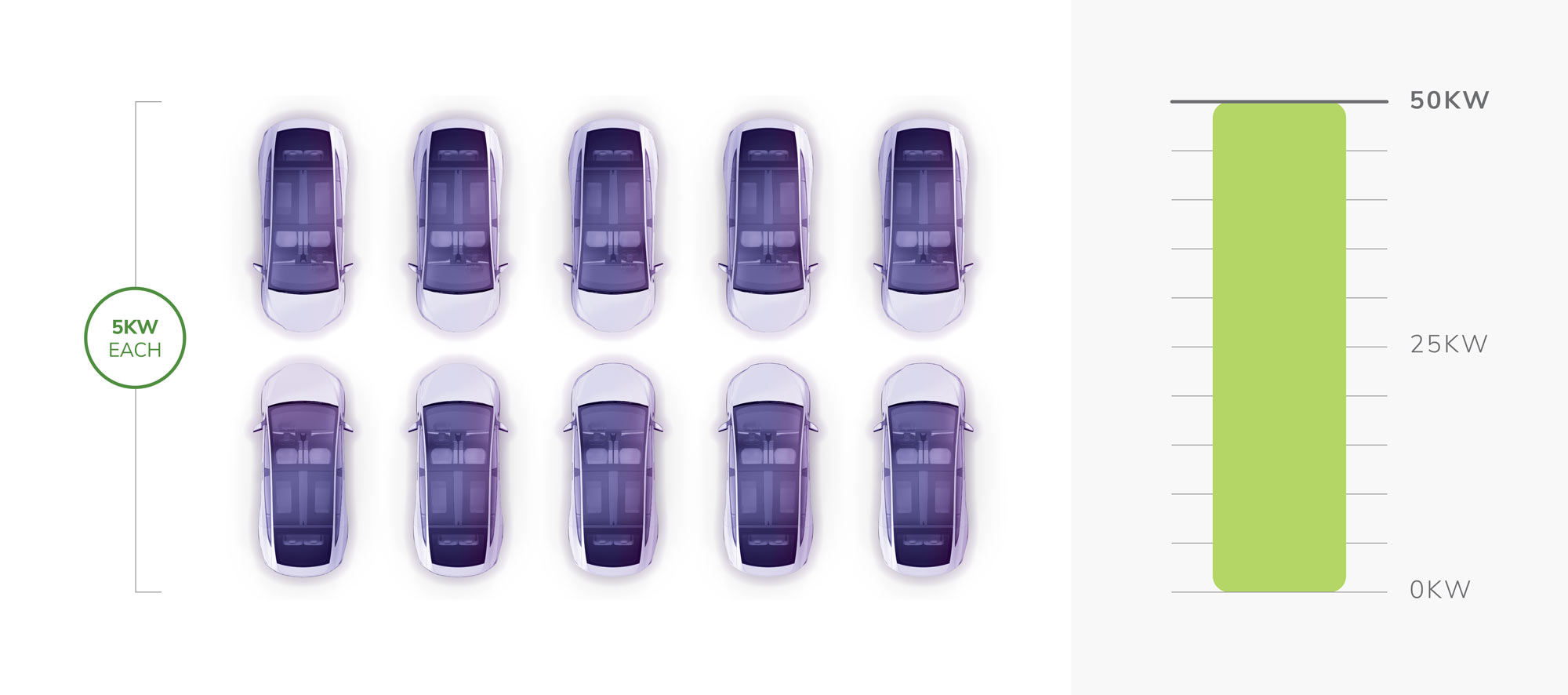
Conversely, if ten EVs are plugged in and one finishes charging, the power would be redistributed to the other nine chargers at 5.6kW each. This way, all the EVs will be charged as efficiently as possible.
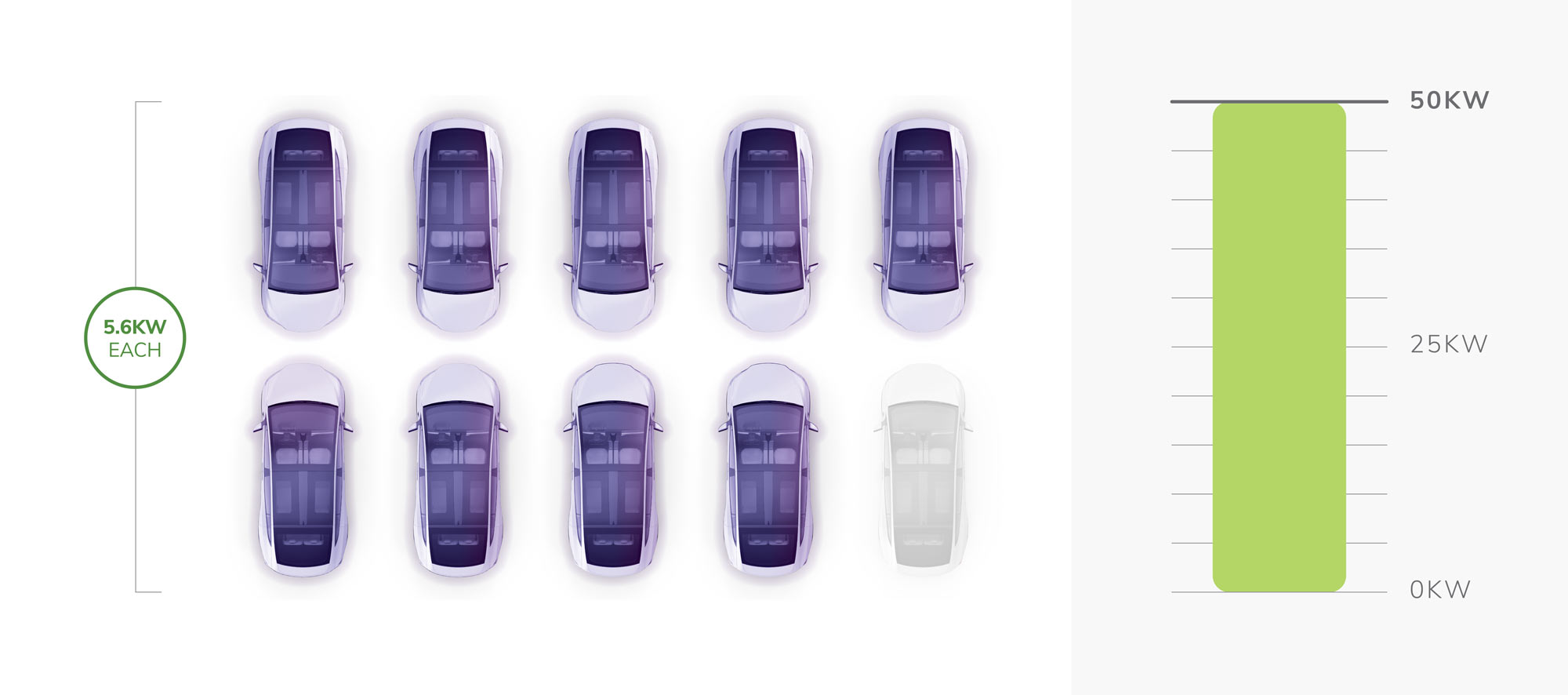
Preparing for A Greener Future
It’s almost certain that EVs are taking over. As more people living in multi-unit residential choose to own EVs, the presence or absence of infrastructure to charge EVs at home will become increasingly important. Together, SmartONE and the developers we support must make the choice to facilitate EV adoption in preparation for the future or get left behind.
Is your community ready to play a part in the movement towards cleaner transportation?
SHARE ARTICLE
MOST RECENT
Latest Articles
GET IN TOUCH















